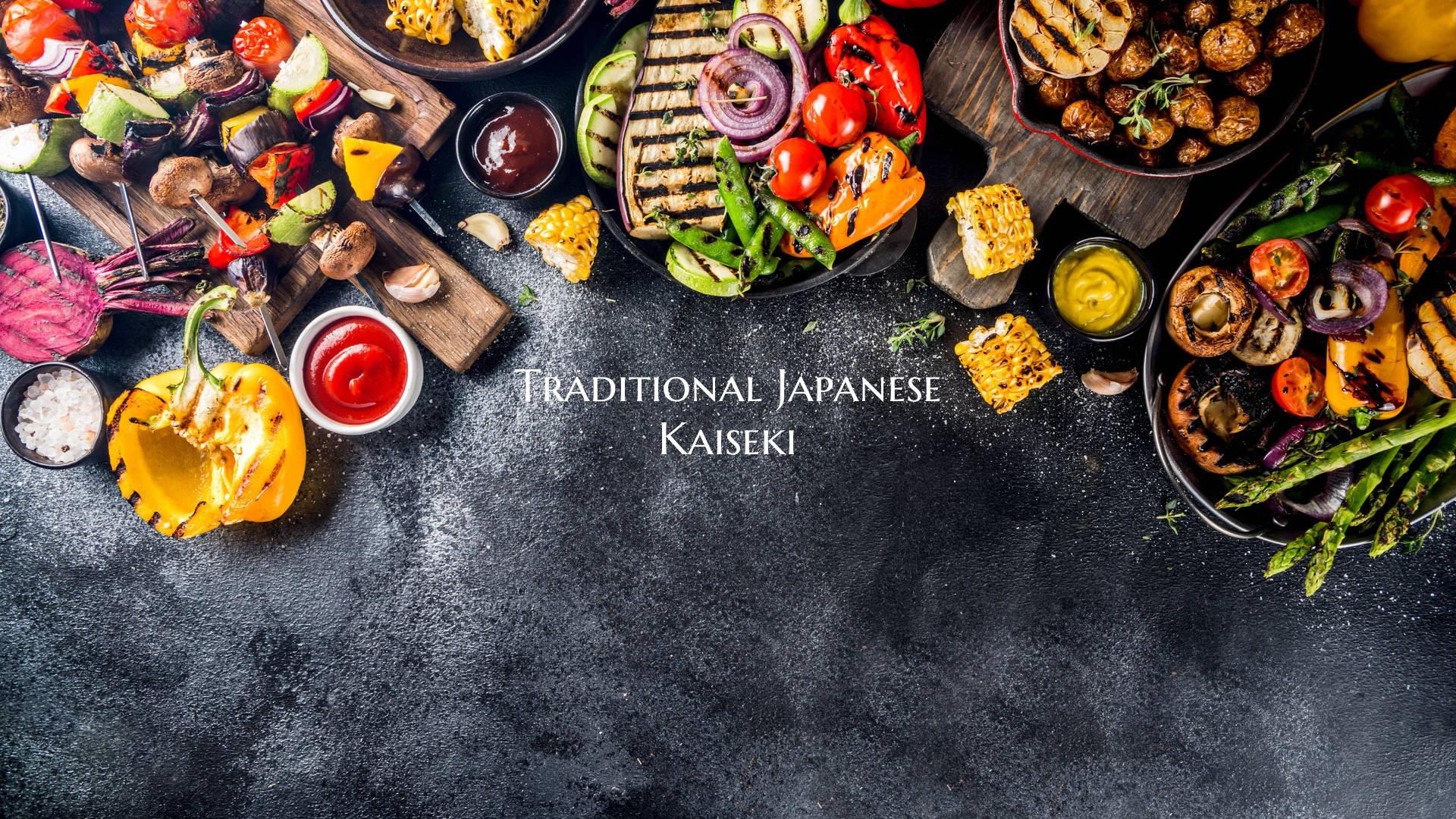
Traditional Japanese Kaiseki
Japanese cuisine is beloved around the world for its exquisite flavors, meticulous preparation, and artistic presentation. Among the many culinary wonders Japan has to offer, Kaiseki stands out as a true gem, representing the pinnacle of the country's culinary artistry. Rooted in Zen Buddhism and the traditional tea ceremony, Kaiseki is a multi-course dining experience that celebrates the harmony of seasonality, balance, and aesthetics.
At the heart of Kaiseki is the concept of "shun," which refers to the seasonal ingredients that are at the peak of their flavor and freshness. This emphasis on seasonality means that each Kaiseki meal is a true reflection of the time of year, with dishes showcasing ingredients that are sourced locally and in accordance with nature's rhythms. From delicate spring greens to hearty winter root vegetables, every element is thoughtfully selected to create a symphony of flavors and textures.
A typical Kaiseki meal consists of multiple courses, each carefully crafted to delight the senses and showcase the skills of the chef. The progression of dishes follows a predetermined sequence, starting with appetizers to awaken the palate, followed by sashimi or other raw dishes, soups, grilled items, simmered dishes, and a rice course to round out the meal. Dessert, typically a simple and elegant sweet treat, is served to conclude the dining experience.
Presentation is a key aspect of Kaiseki dining, with great attention paid to the arrangement of each dish. From the selection of tableware to the garnishes used, every detail is carefully considered to enhance the visual appeal of the meal. In fact, Kaiseki chefs often draw inspiration from traditional Japanese arts such as ikebana (flower arranging) and calligraphy to create visually stunning presentations that are a feast for the eyes as well as the taste buds.
Beyond the exquisite flavors and artful presentation, Kaiseki is also steeped in philosophy and symbolism. The emphasis on balance and harmony in every aspect of the meal reflects the Japanese aesthetic of wabi-sabi, which values imperfection, impermanence, and simplicity. Each Kaiseki meal is a deeply immersive experience that invites diners to appreciate the beauty of nature, the passage of time, and the culinary excellence that Japan is renowned for.
In conclusion, Traditional Japanese Kaiseki is not simply a meal but a culinary journey that embodies the essence of Japanese culture and philosophy. From its celebration of seasonality and artful presentation to its emphasis on balance and harmony, Kaiseki offers a sensory feast for both the body and the soul. To partake in a Kaiseki meal is to immerse oneself in the rich tapestry of Japanese culinary heritage and experience food in a way that transcends mere sustenance.
